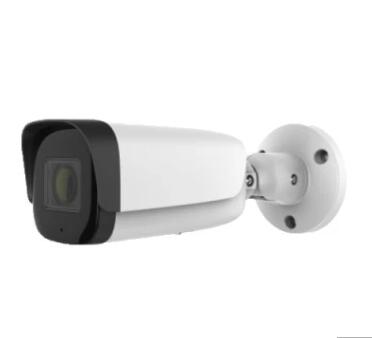Beneath the Watchful Gaze: Navigating the Social Implications of Constant Surveillance
2023-11-28
Introduction:
In an era marked by the omnipresence of surveillance, where cameras and sensors quietly observe our daily lives, the social fabric undergoes profound transformations. Constant surveillance brings both benefits and challenges, shaping the way we interact, express ourselves, and perceive the world around us. In this blog, we will delve into the complex web of social implications associated with constant surveillance, exploring the impacts on privacy, trust, individual behavior, and the broader dynamics of society.
1. Erosion of Privacy:
- Perhaps the most evident impact, constant surveillance contributes to the erosion of personal privacy.
- Individuals may feel a diminished sense of autonomy as their actions, both in public and private spaces, are subject to scrutiny.
2. Normalization of Surveillance:
- The ubiquity of surveillance can lead to its normalization within society.
- Over time, individuals may become desensitized to the presence of cameras and sensors, accepting constant observation as a routine aspect of daily life.
3. Impact on Trust:
- Constant surveillance has the potential to erode trust within communities.
- Individuals may be less inclined to trust each other, fearing that their actions or conversations could be monitored and misinterpreted.
4. Self-Censorship and Conformity:
- The awareness of being under constant surveillance may lead to self-censorship and conformity.
- Individuals may alter their behavior, expressions, or opinions to align with perceived societal expectations, limiting genuine self-expression.
5. Chilling Effect on Free Speech:
- The fear of surveillance can create a chilling effect on free speech.
- Individuals may hesitate to voice dissenting opinions, engage in controversial discussions, or participate in activities deemed unconventional for fear of repercussions.
6. Social Segregation:
- Surveillance can contribute to social segregation as individuals seek spaces perceived as less monitored.
- This may result in the avoidance of public spaces, limiting opportunities for diverse social interactions.
7. Power Dynamics and Control:
- Constant surveillance introduces power dynamics, with those controlling surveillance technologies holding a position of authority.
- This imbalance can impact social relationships, reinforcing hierarchical structures and potentially leading to abuses of power.
8. Social Media Influence:
- The intersection of constant surveillance and social media amplifies the impact on individuals.
- Public scrutiny, often fueled by social media platforms, can contribute to heightened anxiety and self-consciousness.
Conclusion:
As the web of constant surveillance continues to weave itself into the fabric of society, understanding its social implications is paramount. Striking a delicate balance between security imperatives and the preservation of individual freedoms requires thoughtful consideration, ethical frameworks, and ongoing dialogue. Navigating the complexities of constant surveillance demands a collective effort to shape a society where the watchful gaze coexists with the values of privacy, trust, and genuine human connection.



